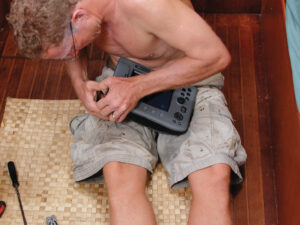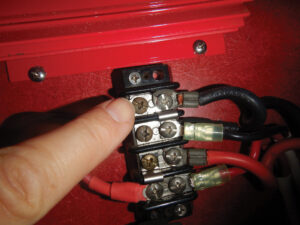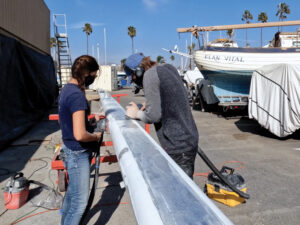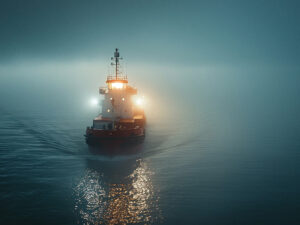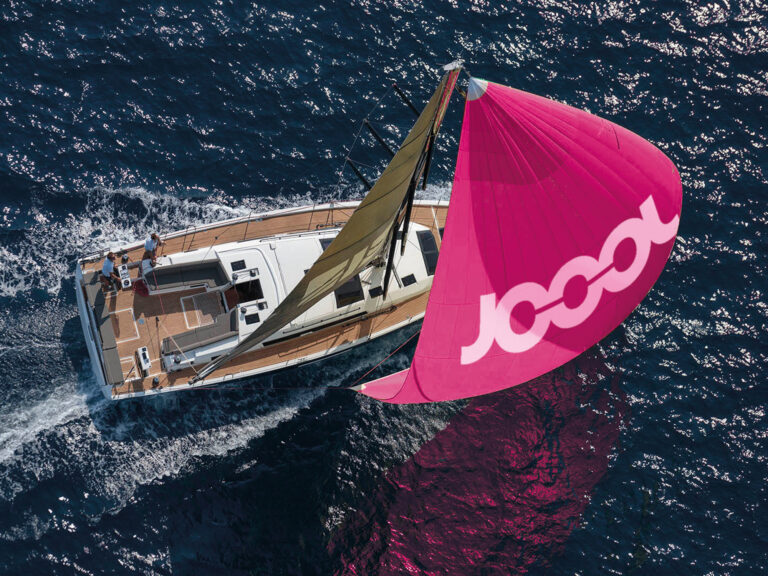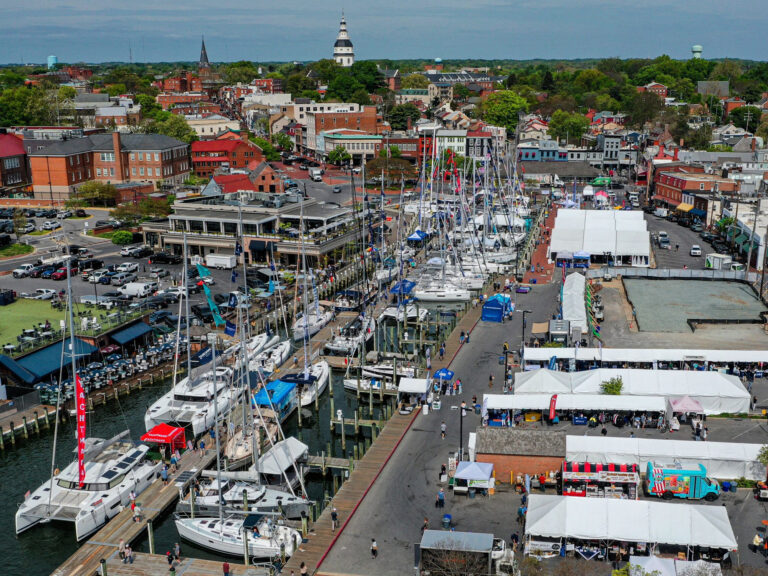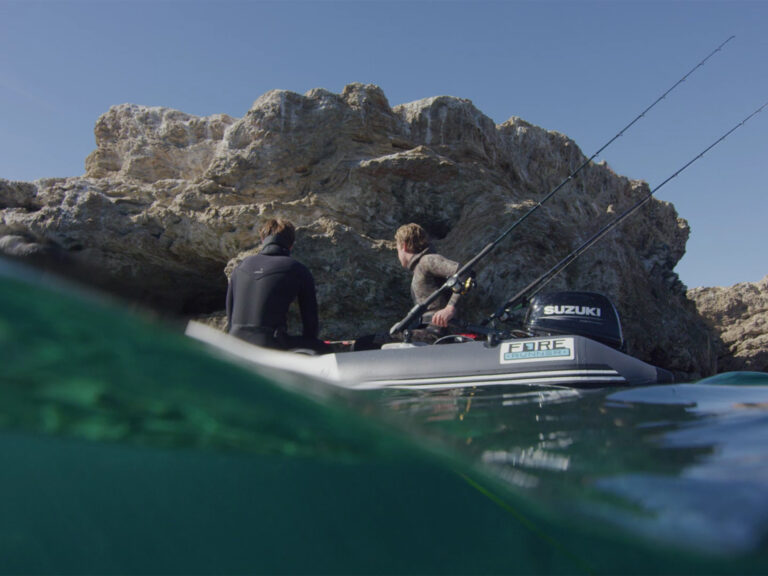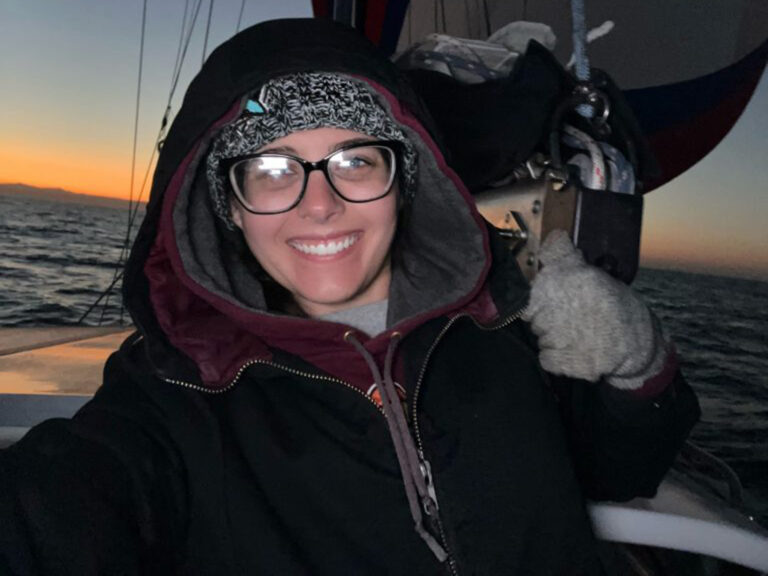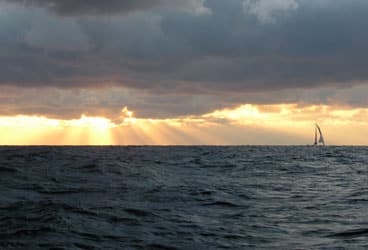
Osprey Departures
It’s the night before leaving, and I can’t sleep. Everything is done. The dinghy is hauled and secured on the foredeck. The cover is already off the mainsail, and the jib sheets run. My husband, Johnny, did the engine check after dinner. The waypoints we’ll need for the first part of the trip are laid in on the computer and chart plotter, the paper charts are opened and ready for marking up, the pencils sharpened, the parallel rules out, the binoculars in their place. The coffee pot is pre-loaded and sitting on the stove, where the clamps for holding pots and pans in place while offshore are back in their sockets, ready for service. Tomorrow night’s dinner—chili—is waiting in a Tupperware in the fridge.
The freezer has been roped into place, and the throw rugs rolled up and tucked away. The baskets of shells, musical instruments, scented candles, and the little wooden dish that holds our family of tiny wooden turtles—all are cinched up in resealable bags and stored in my locker, safe amid the softness of socks and T-shirts. Our daughter’s art supplies—usually hopelessly scattered around various parts of the main cabin—are zipped up in their cases, and the cases are stored in a bag behind the safety net in the kids’ cabin. The safety net itself is rigged and tight, holding in the habitats for the pet gecko and the hermit crabs, books, trinkets, and all manner of kid flotsam. I’ve rigged the lee cloths for our son’s bunk as much to hold him in on port tack as to constrain his fleet of Lego spaceships. Any books for which I can’t find a shelf I’ve wedged into place somewhere.
In short, we’ve gone from being a floating dwelling to once again becoming a viable sailing vessel. And I can’t sleep because this transition, no matter how many times we do it, makes me a little crazy. It points out the rather schizophrenic nature of this way of life. I resent having to put everything away, all the things that make this boat the only home I have. Why can’t it just be the home I want it to be, need it to be? Why must it be taken apart and put together over and over? At the same time, I’m frustrated that there’s so much clutter preventing it from being the clean, shipshape sailing machine that it should be. How can a 45-foot boat hold so much stuff? How can two kids possibly need this many stuffed animals? Must we have an herb-and-driftwood garden behind the chart plotter, for heaven’s sake? (Yes, because there’s no place else to safely put it, and growing things is a key to our daughter’s happiness, so tossing it overboard isn’t an option.)
When everything is done, though, and only the wind and I are awake and restless, I get down to what’s really bugging me. I always thought that the hardest part would be that first big transition, the pulling away from the dock and friends and family and the life we knew. But every time we pack up Osprey this way and get ready to leave, whether it’s on a 100-mile overnight or a 1,000-mile passage, I have to make that leap of faith one more time. I have to remember that leaving a perfectly good harbor—just like jumping out of a plane—isn’t an act of madness but of possibility. That we can do this, and that each time we do, we’re grateful for the chance. That it’s worth enduring the fear of letting go of what I think is safe and secure and trading it for what I can never take for granted. And accepting the truth that what seems secure isn’t always and what doesn’t feel certain sometimes is. The first step is always the hardest, and every time is the first. And then we’re flying, and I remember why the step is so worth taking.
Taking a pause between leaps, the Clarkes are spending hurricane season in Guatemala.

